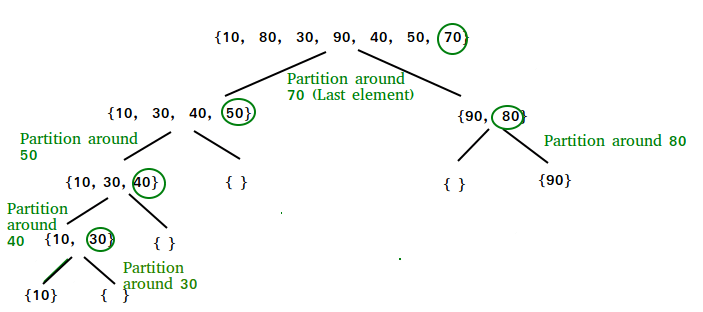Unraveling Complex Coding Problems with Divide-and-Conquer
Struggling with complex coding problems can be a daunting experience for any programmer. A powerful strategy to navigate through these coding challenges is the divide-and-conquer approach, a time-tested technique that simplifies problem-solving.
At the heart of this method lies the principle of breaking down a large, intricate problem into smaller, manageable subproblems. Each of these subproblems is tackled individually. The beauty of this approach is in its simplicity and effectiveness. By solving each part separately, you can focus on specific aspects of the problem without being overwhelmed by its entire complexity.
Examples of divide-and-conquer in action are prevalent in several well-known algorithms. Binary search efficiently locates an item in a sorted list by repeatedly dividing the search interval in half. Quicksort and merge sort are classic sorting algorithms that break down arrays into smaller segments, sort them, and then merge them back together in order.

Embracing the divide-and-conquer approach not only streamlines the problem-solving process but also enhances your coding efficiency. Next time you encounter a daunting coding problem, apply this strategy and observe how it transforms your approach, leading you to effective and efficient solutions.